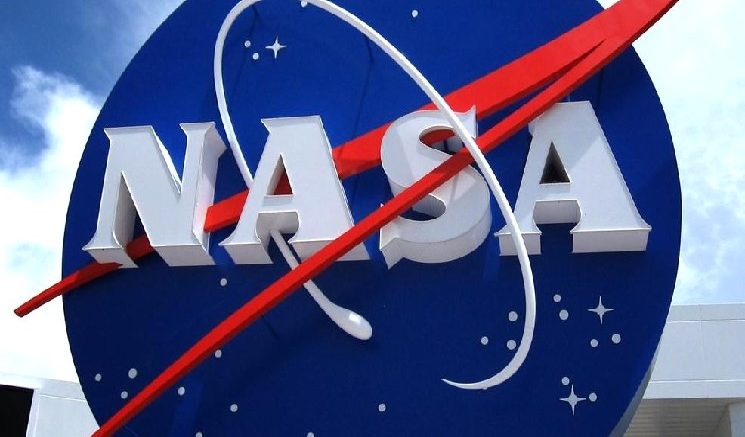Preparations are in full swing for the US-based space agency NASA’s ambitious Lucy probe. The mission will explore Jupiter’s Trojan asteroid. It will be the first mission to study the Trojans f the gas giant. Scientists believe that Trojan asteroids’ swarms are remnants of the primordial material that are behind the formation of outer planets. These Trojans are two large groups of asteroids. The two groups orbit the Sun. They share Jupiter’s orbit. While one leads the solar system’s largest planet in its path, the second one trail behind. These asteroids are balanced because of the gravity of the Sun and Jupiter. Scientists believe that these asteroids carry clues that could decode our solar system’s history.
According to NASA, the name for the mission was derived from the fossilized human ancestor. This had provided insight into the evolution of humanity on Earth. The agency expects that the Lucy mission will revolutionize the planetary knowledge of scientists. Besides, it will give in-depth information about its formation. NASA said that the Lucy team has already completed the spacecraft’s integration. Although the mission’s production activities were delayed due to the pandemic, it is still on track for a launch in October 2021. The spacecraft will visit eight different asteroids in its 12 years of journey. It includes seven Trojans and the Main Belt asteroid. The spacecraft will share the first close-up view of the gas giant’s Trojans.
The spacecraft’s complex path will take it to both groups of Trojans. This will be the first space mission in the history of space science with different destinations around the Sun. After its launch, the Lucy spacecraft will have two close Earth flybys before reaching its targets. According to NASA’s estimate, Lucy will reach its first destination by 2027-28. It will fly by Eurybates, Polymele, Leucus, and Orus. When it will be moving towards its first destination, the Lucy spacecraft will fly by a small Main Belt asteroid. It will then dive past Earth and visit the Patroclus-Menoetius binary by 2033. NASA said that after its 2033 visit, it will cycle between the Trojan clouds.
